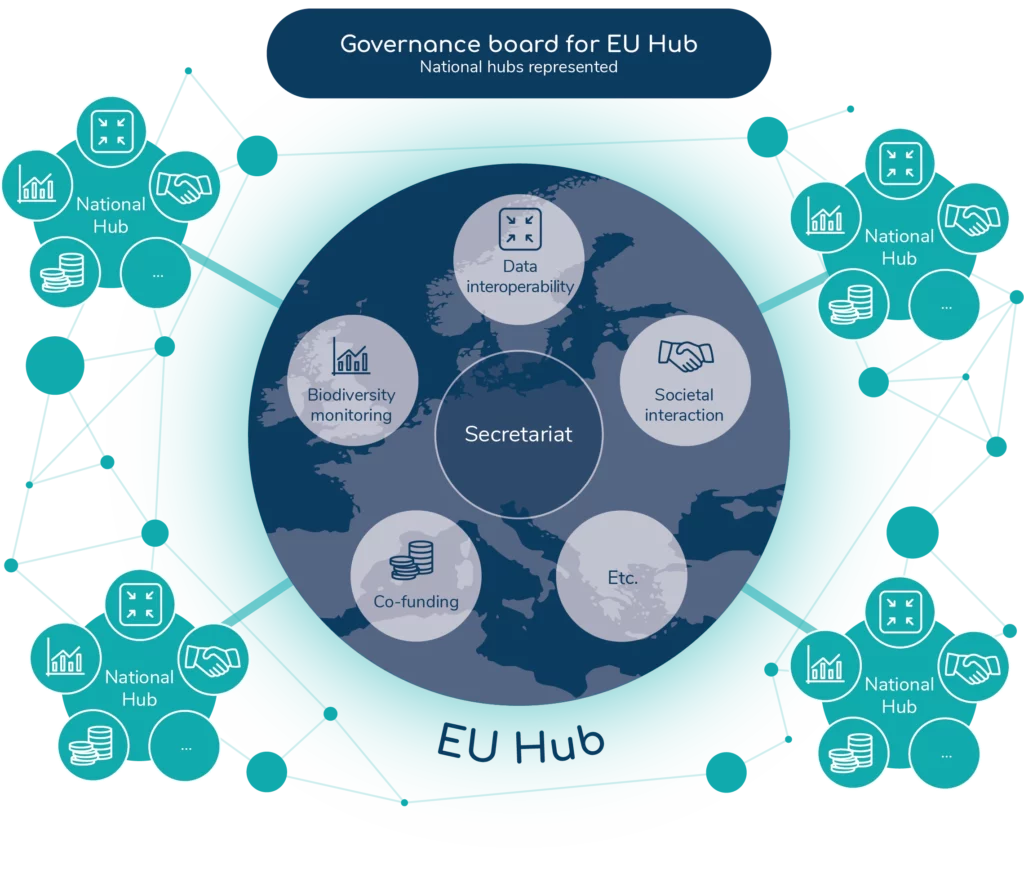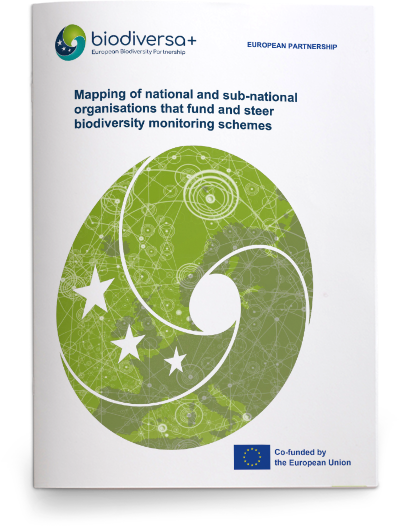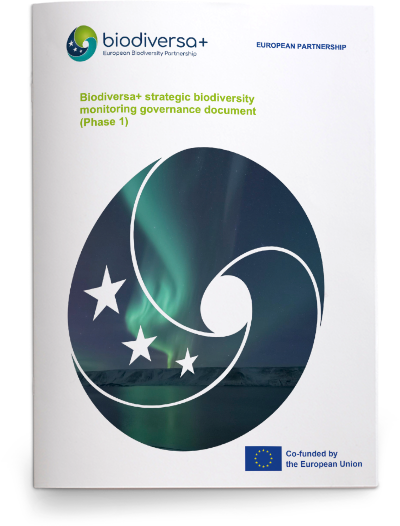Biodiversa+ promotes the set-up a transnational network of national biodiversity monitoring schemes. It does this through the co-design of transnational governance of national and sub-national biodiversity monitoring schemes.
A key component of this aim is connecting Biodiversa+ with other initiatives such as our key collaborator EuropaBON, the European Commission, the European Environmental Agency (EEA), the Global Biodiversity Information Facility (GBIF) or the ad-hoc biodiversity monitoring group of the Knowledge Centre on Biodiversity.
In addition, Biodiversa+ seeks to have a better understanding of the national and sub-national biodiversity monitoring governance. For this, we interviewed 23 countries in 2022 to map of the organisations that fund and steer national and sub-national biodiversity monitoring schemes.
As a second step, Biodiversa+ released a strategic phase I report in May 2023. This reports compiles a first overview of the European biodiversity monitoring governance landscape including both national and sub-national viewpoints. As such, an overview of the work led by EuropaBON to develop terms of references for a European Biodiversity Monitoring Coordination Centre (BMCC) as well as Biodiversa+ work to set-up hubs as national or sub-national counterpart of the BMCC is presented. Feedback from JRC (as a member of EuropaBON consortium), EEA and GBIF as bodies that support the compilation of biodiversity monitoring data is also included in the report.
To help design a European Biodiversity Monitoring Coordination Centre, with a particular focus on the centre’s connection to its (sub-)national counterparts, Biodiversa+ launched a biodiversity monitoring pilot in early 2023 gathering 10 active countries.

Illustration of a multiscale governance model of the European biodiversity monitoring hubs.
National hubs can be flexible entities/platforms or refer to a coordinating organisation that is responsible for biodiversity and ecosystem assessments and implementation of international environmental policies and agreements. Hubs can include and host functions such as networking, funding, steering, coordination of biodiversity monitoring, and data management. National hubs can provide synergies for national Eionet members, national GBIF nodes and national biodiversity observation networks (BONs).

